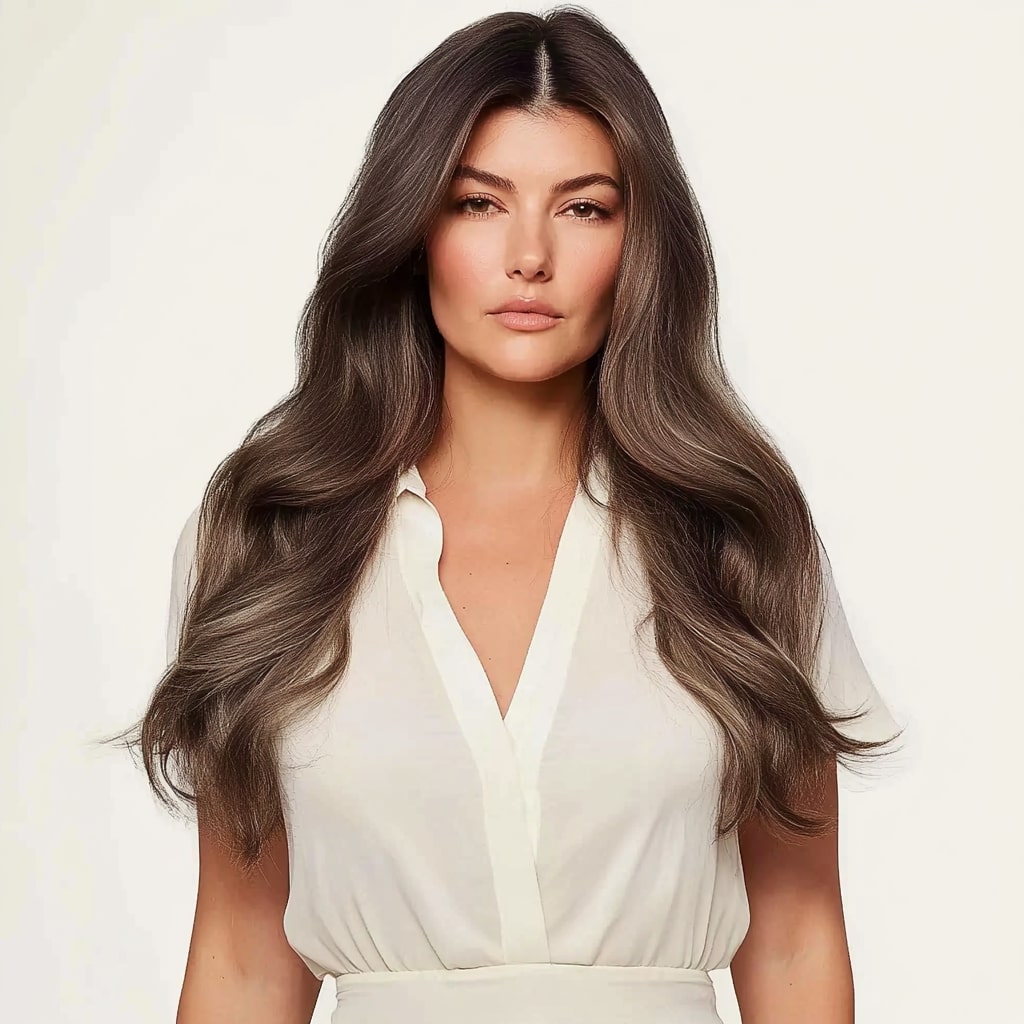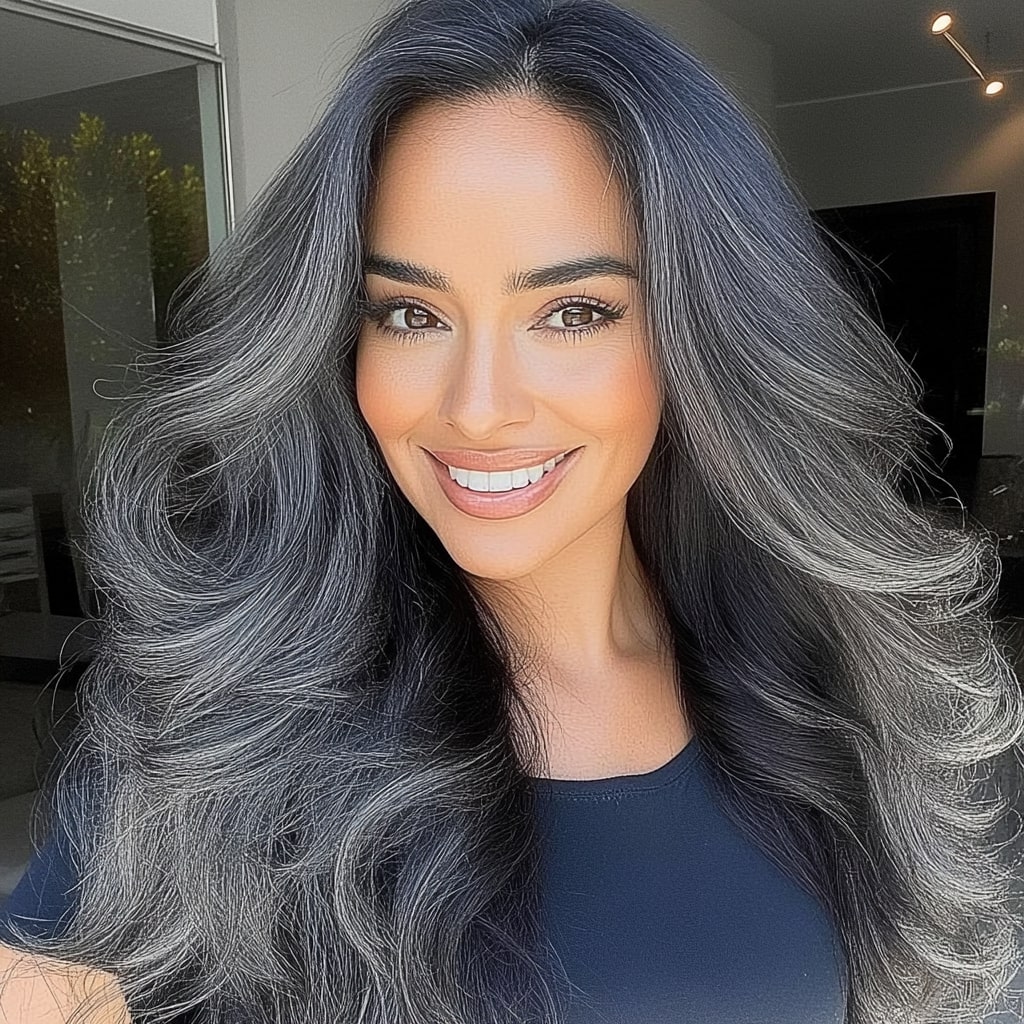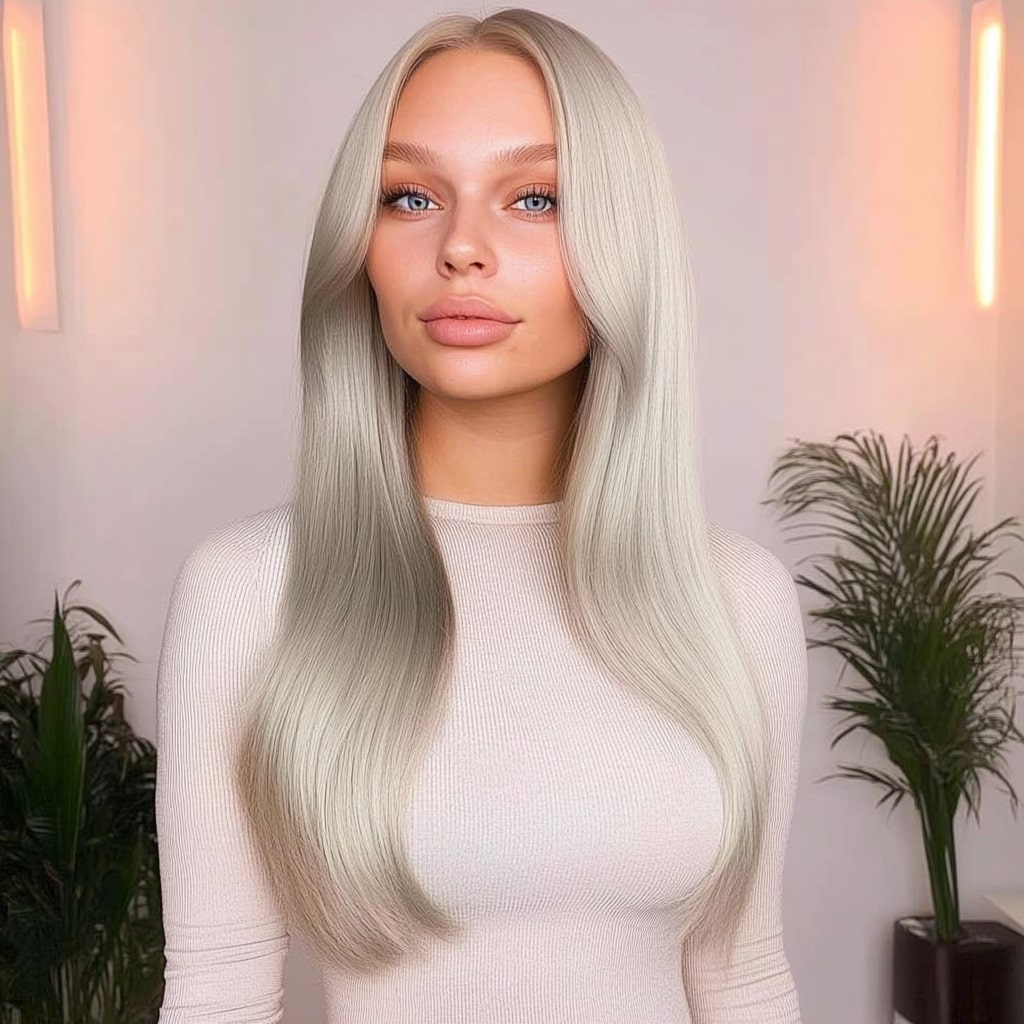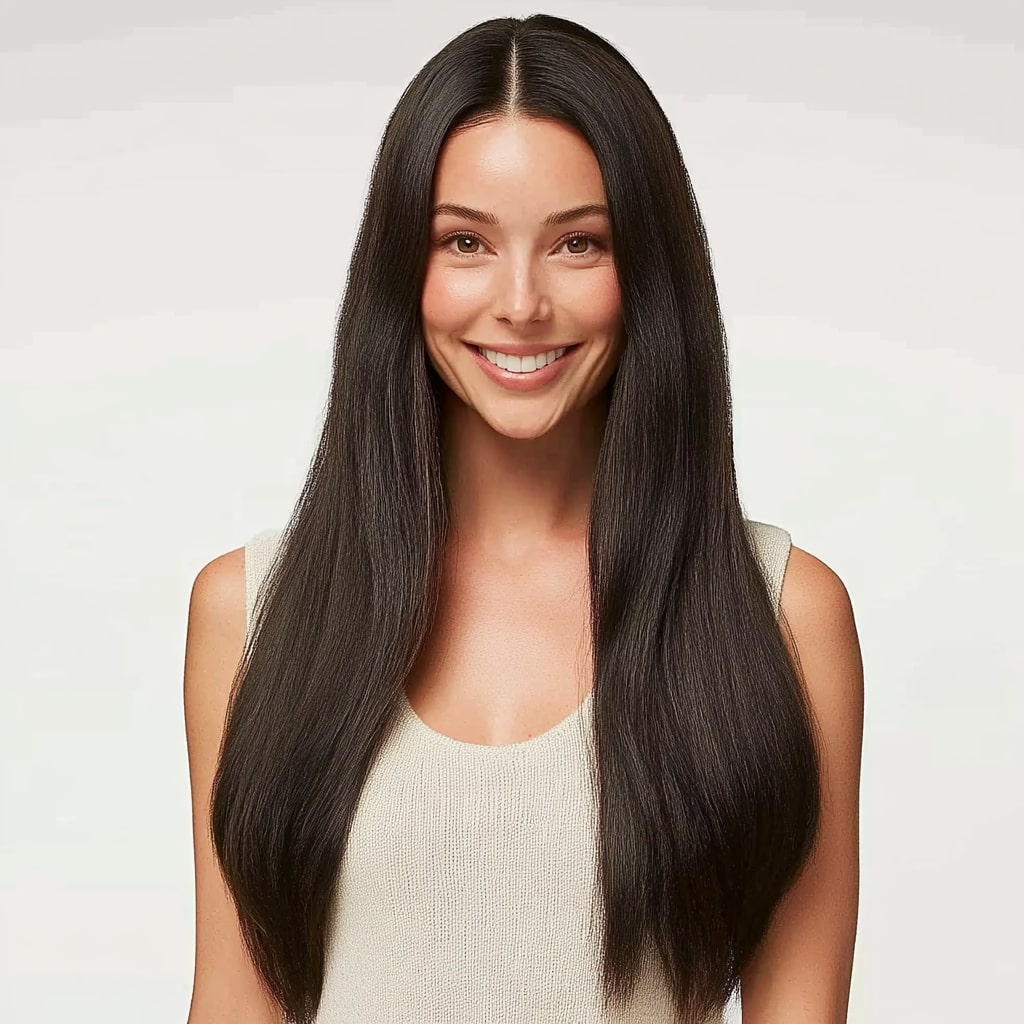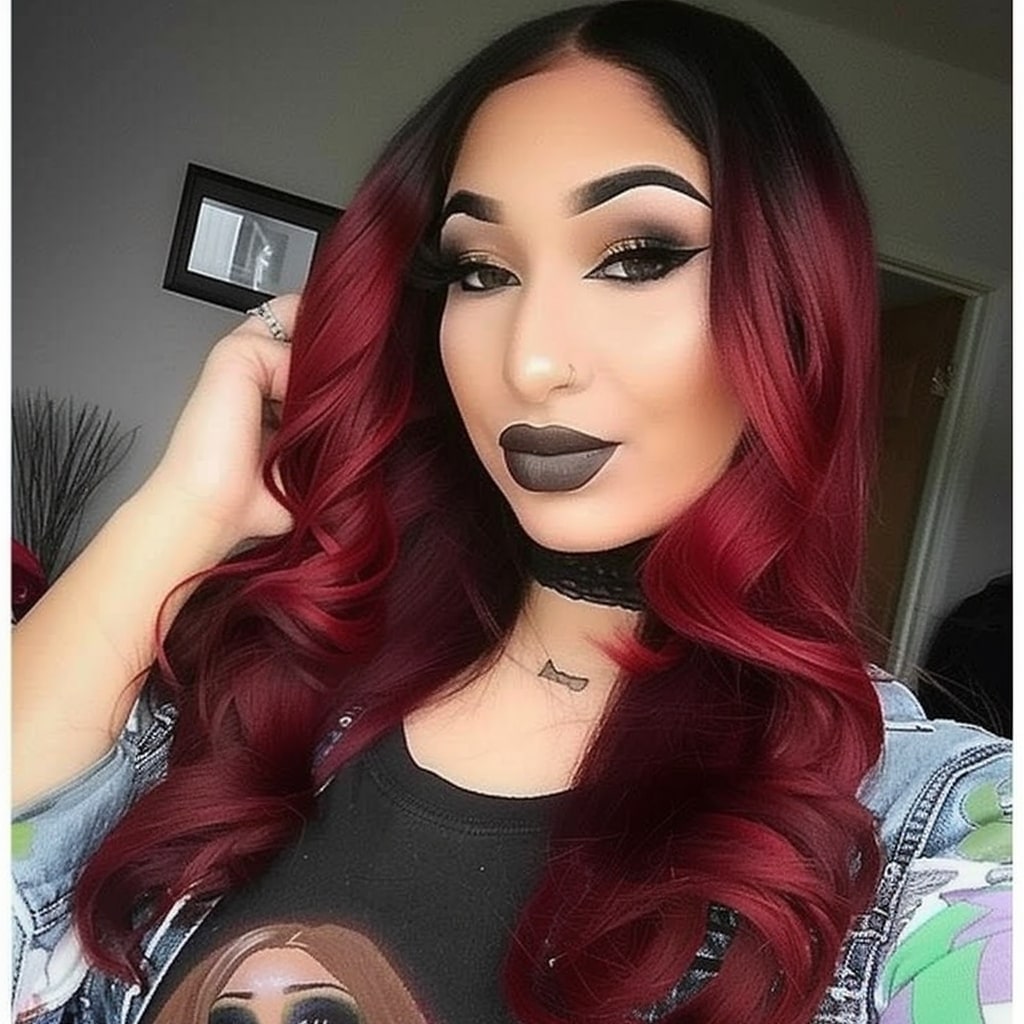Why is my hair so thin after extensions?
- Sam Conan
- Hair Extensions Blog
- Mar 29, 2025
- Reading time: 4 minutes
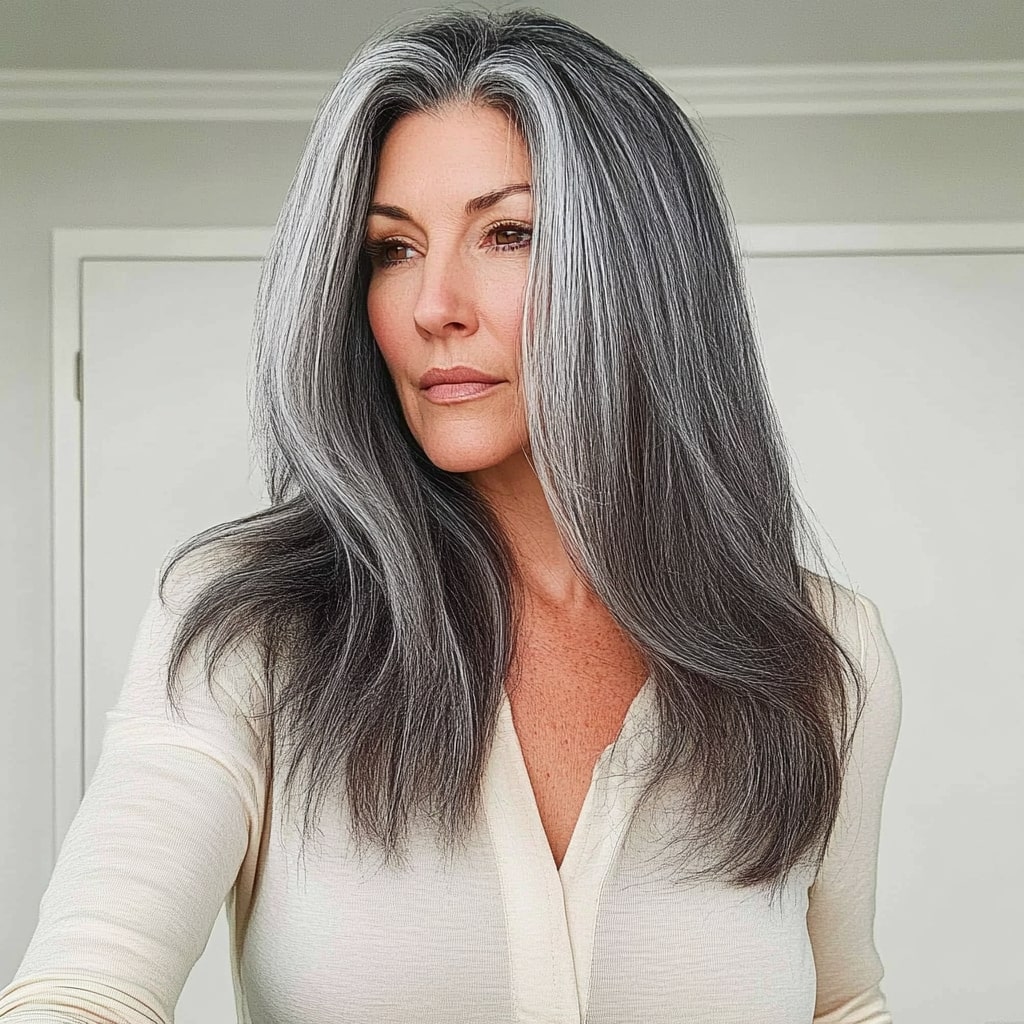
Hair extensions are meant to enhance your look — giving you the thick, voluminous hair you’ve always wanted. But what if, after removing them, your natural hair feels thinner than before? It’s a frustrating and sometimes scary experience. At Canada Hair™, we take this concern seriously and want to help you understand what’s really going on.
Let’s break down the real reasons why your hair might feel thinner after extensions — and more importantly, what you can do about it.
1. Tension on the Hair Follicles (Traction Alopecia)
The #1 reason hair feels thinner after extensions is tension on the roots over time. When extensions are applied — especially semi-permanent ones like sew-ins, tape-ins, fusion, or microlinks — your hair is under constant pressure.
What happens:
-
Tension causes hair to loosen from the follicle
-
Hair around the temples, nape, and crown is most vulnerable
-
Over time, this can lead to thinning or bald patches
This condition is called traction alopecia, and it’s often reversible — but not always, especially if ignored.
2. Improper Installation or Removal
Poor installation techniques can cause breakage during wear. And if extensions are removed roughly or without the right tools, they can tear out your natural hair.
Examples:
-
Pulling out tape-ins without using a solvent
-
Detaching fusion extensions without melting the keratin
-
Yanking out beads in microlinks
The result? You lose strands that were perfectly healthy — creating the illusion of thinner hair.
3. Breakage From Friction and Weight
Extensions can rub against your natural hair, especially at the connection points. This leads to weakening of the hair shaft and eventual breakage. If your extensions are too heavy for your hair type, the risk multiplies.
Signs of breakage:
-
Short, snapped hairs
-
Frayed ends
-
Thinner ponytails
-
Uneven layers after removal
Pro tip: Choose lightweight extensions from Canada Hair™, especially if you have fine or medium-density hair.
4. Neglected Hair and Scalp Care During Wear
Let’s be honest — when you’re wearing extensions, it’s easy to forget about your real hair. But neglecting your natural hair and scalp during the install period can lead to:
-
Dryness
-
Build-up
-
Clogged follicles
-
Increased shedding
Your hair doesn’t stop needing love just because it’s under wefts or tapes.
5. Natural Shedding Becomes More Noticeable
On average, you lose about 100 hairs per day. When your natural hair is free, these fall out gradually. But when you wear extensions for weeks or months, that shed hair gets trapped.
So when you remove your extensions?
You might notice a ton of hair coming out all at once — making you think you're losing hair, even though it's just the natural shed catching up.
6. Poor-Quality Extensions Can Make It Worse
Some extensions are made with rough wefts, poor stitching, or low-grade materials. These can tug on your strands and cause unnecessary stress, even with proper installation.
Canada Hair™ extensions are designed to:
-
Be gentle on your natural hair
-
Stay secure without heavy wefts
-
Offer clean, comfortable attachment points
-
Include medical-grade adhesives (for tape-ins)
7. Scalp Inflammation or Sensitivity
Allergic reactions, excessive tension, or poor hygiene while wearing extensions can lead to inflamed or irritated follicles. This can disrupt hair growth cycles, resulting in:
-
Patchy hair regrowth
-
Reduced volume
-
Longer recovery time
If your scalp feels sore, itchy, or inflamed after wearing extensions, this may be the cause.
What You Can Do to Prevent Thinning
Worried about this happening again? Here’s how to protect your natural hair:
Choose the Right Extension Type
-
Clip-ins and invisible wire extensions are ideal for minimal stress.
-
Lightweight tape-ins from Canada Hair™ are great for longer-term wear on fine hair.
-
Avoid heavy fusion or sew-in methods unless you have strong, thick hair.
Space Out Installs
Let your hair rest for at least 2–4 weeks between installations. Give it time to recover.
Invest in Proper Removal
Always use a professional stylist or follow Canada Hair™ removal instructions exactly. Never pull or rush.
Nourish Your Hair
-
Use scalp oils or leave-in treatments between installs
-
Take hair supplements (biotin, collagen, etc.)
-
Use silk pillowcases to prevent nighttime friction
What to Do If Your Hair Is Already Thin
If you’re reading this post-install and your hair feels thinner, don’t panic. Here’s a recovery plan:
Switch to Gentle Extensions
Try clip-ins or halo extensions that don’t put stress on your scalp.
Focus on Scalp Care
Use:
-
Gentle, sulfate-free shampoos
-
Scalp massagers
-
Lightweight oils (like rosemary or jojoba)
Deep Condition Weekly
Hydration helps improve elasticity and reduce further breakage.
Get a Trim
Removing damaged ends helps your hair look fuller and healthier.
Eat for Hair Health
Protein, iron, zinc, and omega-3s are crucial for regrowth.
De-stress
Stress is a known hair loss trigger. Meditation, better sleep, and hydration can make a difference.
What Makes Canada Hair™ Extensions Safer?
We’ve spent years developing extensions that are beautiful and safe to wear. Here’s what makes our products stand out:
-
Lightweight design: Reduces tension and breakage risk
-
Medical-grade adhesives: Gentle on the scalp
-
Premium materials: No harsh chemicals or rough seams
-
Free shipping and returns: Try risk-free
-
Real support: Our team helps you choose what’s right for your hair type
Final Thoughts
If your hair feels thinner after extensions, it doesn’t mean you’ve ruined your hair. It just means your scalp and strands need a little care — and perhaps a smarter approach next time.
The key is choosing the right type of extensions, installing and removing them properly, and taking care of your hair before, during, and after.
At Canada Hair™, we’re here to guide you every step of the way. Healthy hair and stunning volume can go hand-in-hand — and we’ll help you get there.
Explore damage-free extensions today at www.canadahair.ca

 My Store Credit
My Store Credit
 Buy Again
Buy Again
